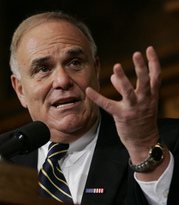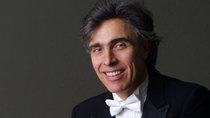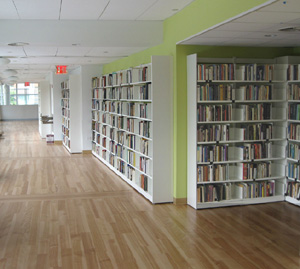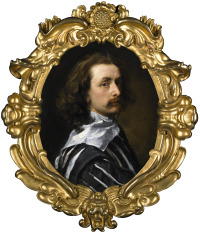 The Association of Art Museum Directors has taked a stance — not a surprising one, but nevertheless a timely one. This afternoon, President Michael Conforti, also director of the Sterling and Francine Clark Art Institute, has sent a letter to Gov. Ed Rendell (right) of Pennsylvania opposing the state’s proposed tax on admissions, memberships and programs at museums and other non-profits.
The Association of Art Museum Directors has taked a stance — not a surprising one, but nevertheless a timely one. This afternoon, President Michael Conforti, also director of the Sterling and Francine Clark Art Institute, has sent a letter to Gov. Ed Rendell (right) of Pennsylvania opposing the state’s proposed tax on admissions, memberships and programs at museums and other non-profits.
The key words:
…this tax is nothing short of a tax on education. Museums, along with other cultural institutions, provide unparalleled educational opportunities for the young people of Pennsylvania, families supporting their children’s learning, adults seeking spiritual and psychological nourishment, and everyone looking for affordable and uplifting leisure activities at a time of economic challenge. Levying a tax on participation in educational programs and experiences will only discourage the public from taking advantage of Pennsylvania’s wide range of cultural resources.
Moreover, the proposed expansion of the sales tax will erode the substantial positive economic impact of your state’s cultural institutions: non-profit organizations in Pennsylvania generate $1.99 billion in economic activity each year.
AAMD copied various legislative leaders, including Dominic Pileggi, Jake Corman, Jay Costa, Jr., Dwight Evans, Todd A. Eachus, Keith R. McCall, Samuel H. Smith, Lawrence M. Farnese Jr., and Frank Oliver.
Let’s hope it helps, and perhaps it will stir readers who live in Pennsylvania to weigh in, too.



 Where does Anthony van Dyck fit in the history of art? Grabbing the nearest art reference books on my shelf, I find one calling him “the most important Flemish painter of the 17th century apart from Rubens” and another saying “It is not too much to say that he created the English portrait tradition almost single handed.”
Where does Anthony van Dyck fit in the history of art? Grabbing the nearest art reference books on my shelf, I find one calling him “the most important Flemish painter of the 17th century apart from Rubens” and another saying “It is not too much to say that he created the English portrait tradition almost single handed.”